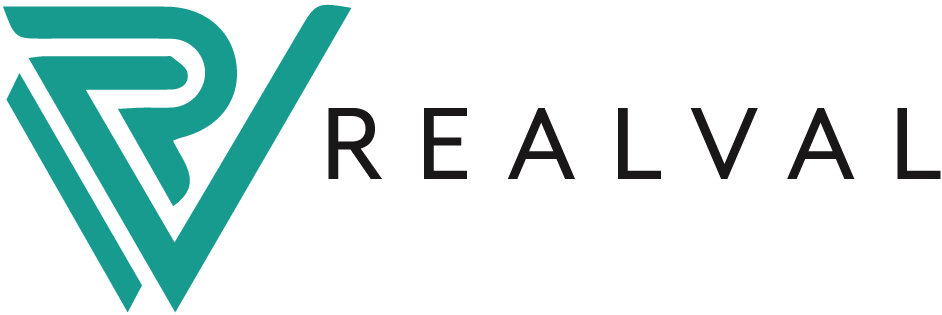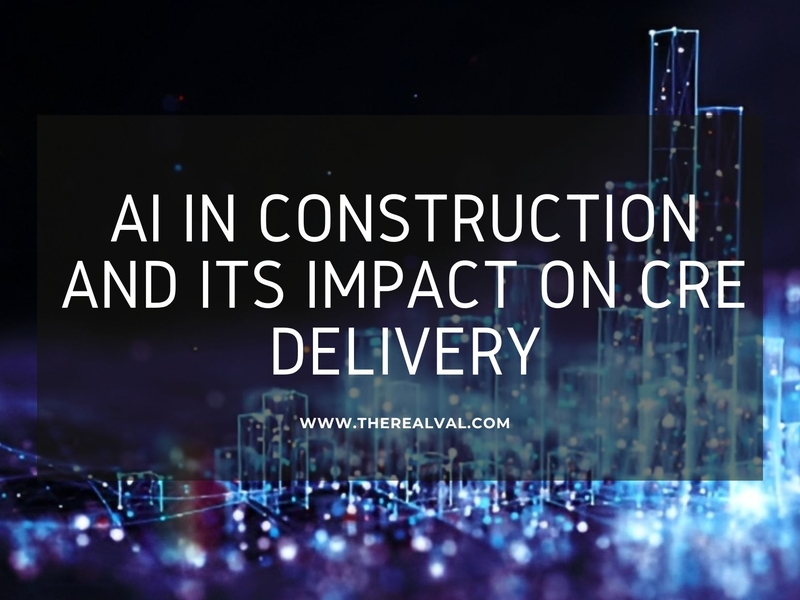It is well known that Commercial Real Estate projects are complex because of long timelines, too many stakeholders, endless paperwork, and frequent delays. However, now that AI is taking the world by a storm, Artificial Intelligence is also changing the complex nature of Commercial Real Estate. Equipped with smart tools and data-driven insights, AI is helping builders, developers, and investors deliver projects faster, at a cheaper price, and with higher quality. Let us dive deep into how AI is simplifying CRE delivery.
But why do CRE projects take so long?
Before we see how AI helps, let’s understand what slows CRE projects down:
- Planning & Design Mistakes: Design clashes, compliance issues, and late design revisions often show up when it’s too late to fix easily, causing delays.
- Procurement & Supply Chain Delays: Material shortages, delayed approvals, and unreliable suppliers slow down progress.
- Labour & Resource Constraints: Shortage of skilled workers, poor task allocation, and uneven workload distribution end up hurting efficiency.
- Monitoring & Quality Gaps: Defects often go unnoticed until later stages, and quality checks vary across phases; this makes the process complex and lengthens the timeline.
- Regulatory & Permitting Delays: Permits, plan reviews, and code approvals can take months, thereby slowing the entire process.
Then How Does AI Speed Up the Process?
- Preconstruction and Design Optimization: AI tools such as Generative Design and AI-driven BIM are revolutionizing the design stage. These systems automatically detect design clashes, ensure code compliance, and create optimized layouts based on budget, safety, and site conditions. Generative algorithms can test thousands of designs in minutes, while automated cost estimation and quantity take-offs, which used to be manual tasks are now completed in hours. This eliminates early-stage errors and drastically cuts down the planning time.
- Predictive Scheduling and Resource Allocation: AI-powered predictive scheduling learns from past projects to predict task durations and adjust for real-time disruptions like weather or supply delays. It automatically reassigns crews, sequences activities, and flags risks before they cause slowdowns. With this predictive approach, idle time drops and overall delivery timelines improve, by a significant margin.
- Procurement and Supply Chain Intelligence: Procurement delays often derail CRE timelines. AI helps prevent this by analyzing supplier reliability, market prices, and material availability. It predicts shortages or logistics issues early and suggests alternatives, ensuring materials and equipment arrive on time. This smart procurement minimizes delays and stabilizes project budgets.
- Real-Time Monitoring, Quality Control, and Safety: On-site, AI uses computer vision, drones, and IoT sensors to track progress, spot deviations, and ensure safety compliance. Drones can scan entire sites to detect defects or incomplete work instantly. Real-time insights help fix issues early, reduce rework, and speed up inspections, and they do it all while maintaining safety and quality standards.
- Automated Documentation, Approvals, and Permitting: Regulatory approvals took a lot of time in the past but are now being automated through AI. Systems now review blueprints for compliance, flag missing details, and generate ready-to-submit documents. Some municipalities are even testing AI plan review systems, cutting weeks off approval timelines. This means faster permits and fewer administrative delays.
- Smart Resource and Labour Management: AI uses predictive analytics to allocate labour, machinery, and materials efficiently. It adjusts schedules dynamically if tasks finish early or resources arrive late, keeping work flowing smoothly. This ensures every crew and asset is used optimally, reducing waste and keeping large projects on track.
Do We Have Data & Trends Supporting the Aforementioned Claims?
AI is now delivering measurable impact across the construction and CRE landscape. Recent studies and reports highlight how:
- AI scheduling tools have helped firms cut project delivery times by around 17%. (Premier Construction Software)
- AI-powered BIM has reduced rework and design errors by up to 60%, improving accuracy and coordination. (GC44)
- Predictive procurement systems that detect supplier risks and material shortages early have minimized supply chain disruptions. (Dxwand Blog)
- Real-time AI safety and quality monitoring is helping prevent accidents and compliance delays. (NetSuite)
But Is It All So Simple?
While AI’s benefits are clear, realizing them at scale requires overcoming key challenges:
- Data Quality & Access: AI tools rely on high-quality historical and real-time data, ranging rom drones, IoT sensors, and accurate design models in order to function effectively.
- Integration Across Stakeholders: AI adoption works best when architects, engineers, contractors, and regulators collaborate using interoperable systems and shared platforms.
- Regulatory & Code Compliance: AI models must align with evolving local codes. Validation and oversight are essential to avoid compliance risks.
- Change Management & Skills: Training teams, adapting workflows, and managing resistance to new technology remain critical steps.
- Upfront Costs & ROI Proof: Hardware, sensors, and skilled AI professionals require investment, thereby making ROI demonstration key for buy-in.
- Ethics & Transparency: AI-driven recommendations, such as material substitutions or design changes, need clear reasoning to ensure trust and legal safety.
How Does It Impact Investors & Stakeholders?
- Developers: They benefit from faster project turnover, reduced carrying costs, and earlier returns on investment.
- Contractors & Builders: Improved competitiveness through timely, on-budget delivery and less waste, are the biggest benefits that they get.
- Investors / Owners: The get greater predictability, lower risk, and improved asset quality.
- Tenants: Faster occupancy, better-quality spaces, and fewer delays make their hunt a lot easier.
- Regulators / Municipalities: Streamlined plan reviews, fewer compliance failures, and reduced backlogs, are among their benefits.
Then What Comes Next?
The next wave of innovation driven primarily by the AI boom will make CRE delivery even faster and more efficient:
- Generative AI + Design Automation: Automatically producing multiple compliant design options in minutes.
- AI + Robotics & Modular Construction: Using AI for offsite prefabrication to cut on-site time dramatically.
- AI in Permitting & Plan Review: Automating code checks and approvals to shorten review cycles.
- Digital Twins & Real-Time Simulations: Creating live digital replicas to model “what-if” scenarios and avoid bottlenecks.
- Sustainability & ESG Integration: Embedding AI to reduce carbon footprints and optimize energy and material use.
AI is no longer an aloof concept for commercial real estate; it is transforming how projects are delivered today. From design and procurement to compliance and monitoring, AI is helping CRE stakeholders save time, cut costs, and improve quality.
For developers, investors, and builders, adopting AI is fast becoming a necessity!
Are you interested in jumping the AI Construction bandwagon early?
Reach out to us at info@therealval.com to schedule a consultation to streamline your underwriting process, and close deals confidently!
Trending





